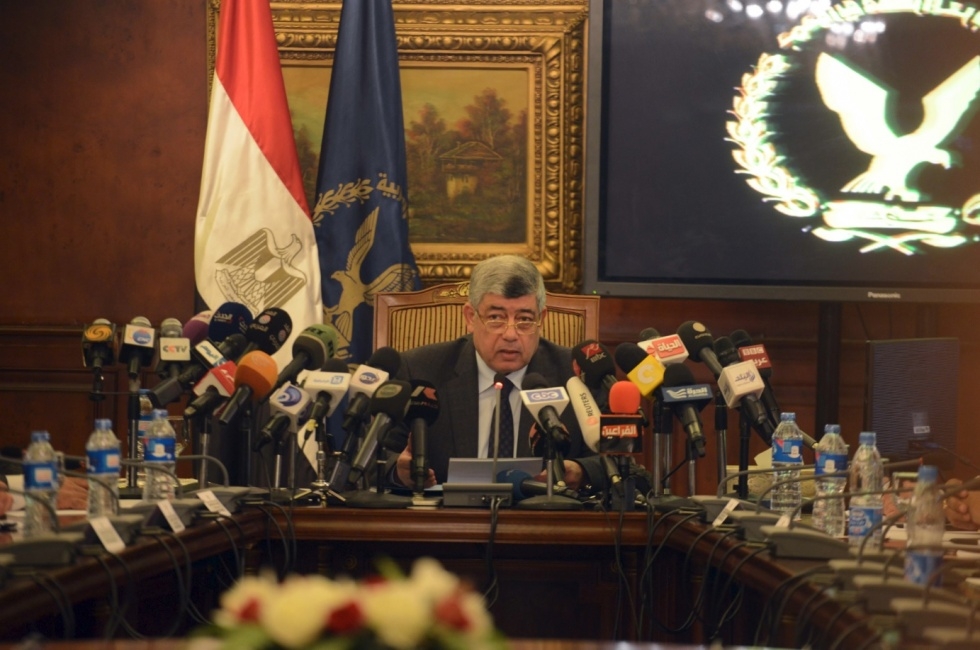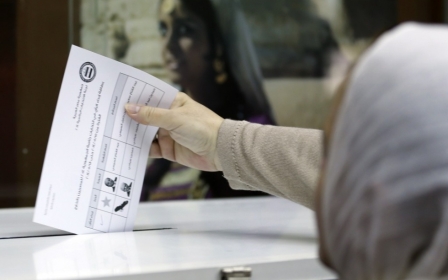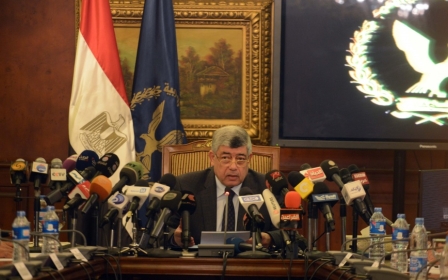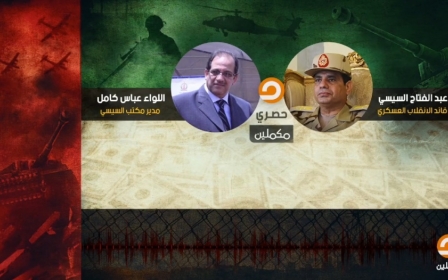Egypt interior minister replaced in cabinet reshuffle

The Egyptian government minister who spearheaded a bloody post-revolt crackdown was replaced in a cabinet reshuffle on Thursday as the security forces struggle to curb militant attacks.
The removal of Mohamed Ibrahim, who had been appointed interior minister by now ousted elected president Mohamed Morsi and survived an assassination attempt in 2013, follows mounting concern over a surge in deadly militancy.
The presidency announced the 61-year-old was being reassigned to the post of deputy prime minister, in a move just days before an international conference Cairo is organising to attract investment.
Ibrahim was replaced by Magdy Abdel Ghaffar, a 62-year-old who headed the Department of National Security for one year until 2012.
Others dropped from the cabinet were the ministers for agriculture, education, communication, culture and tourism.
The presidency also introduced a ministry of state for population and one for technical education.
'To inject new blood'
President Abdel Fattah al-Sisi swore in the new ministers, his office said.
"The purpose of the cabinet reshuffle is to inject new blood" in the government, Prime Minister Ibrahim Mahlab said, quoted by state media.
Ibrahim, as head of the police force, oversaw a crackdown on supporters of Morsi and his Muslim Brotherhood after his toppling by then army chief Sisi in July 2013.
Hundreds of Morsi supporters have been killed and thousands more jailed in the brutal crackdown that has drawn strong condemnation from the international community and rights watchdogs.
The 2011 revolt that forced out longtime autocrat Hosni Mubarak was fuelled by police abuses, but the force has since faced less public criticism.
But it faced renewed flak in January when a female demonstrator was killed in clashes with police during a rare leftwing demonstration in Cairo on the eve of the fourth anniversary of the anti-Mubarak uprising.
Shaima al-Sabbagh died of birdshot wounds, and fellow demonstrators said she was hit when police fired to disperse the march. Prosecutors are investigating the case.
Ibrahim's removal comes amid mounting criticism of the failure of security forces to stem militant attacks.
Militant groups have carried out a string of deadly attacks targeting security forces in the Sinai Peninsula and cities including Cairo and Alexandria.
The bloodiest strikes have been claimed by Ansar Beit al-Maqdis, the Egyptian affiliate of the Islamic State group that has captured territory in Iraq and Syria, and also spread into Egypt's neighbour Libya.
On January 29, at least 30 people, mostly soldiers, were killed when militants attacked a military base and other security posts in North Sinai.
Egypt's army has poured troops and armour to fight IS in the peninsula where joint police and military operations have killed scores of militants, the army says.
'Polish the regime's image'
Analysts said it was significant that Ibrahim was removed ahead of an investment conference.
It was an attempt to "polish the regime's image" ahead of the March 13-15 conference at the Red Sear resort of Sharm El-Sheikh, said Hazem Hosni, a professor of political science at Cairo University.
"Sisi wants to avoid questions over the crushing of the opposition in Egypt at the economic conference."
Ibrahim's new job as deputy premier was also largely "symbolic... and had no authority or jurisdictions," said Mai Mogib, a political science professor at American University of Cairo.
"This move only guarantees an honourable exit for Ibrahim, especially because he has been a part and parcel of the Egyptian ruling regime since Morsi's ouster."
His replacement Abdel Ghaffar hails from the security agency that gained notoriety during the Mubarak regime and was once led by feared former interior minister Habib al-Adly.
Abdel Ghaffar was appointed as head of the Department of National Security by the military junta that ruled Egypt after Mubarak was forced to resign.
Middle East Eye propose une couverture et une analyse indépendantes et incomparables du Moyen-Orient, de l’Afrique du Nord et d’autres régions du monde. Pour en savoir plus sur la reprise de ce contenu et les frais qui s’appliquent, veuillez remplir ce formulaire [en anglais]. Pour en savoir plus sur MEE, cliquez ici [en anglais].




